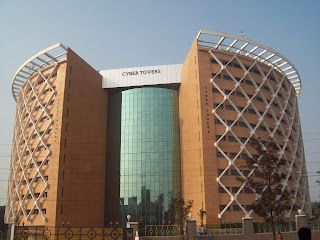

- Rails command see all active tables for free#
- Rails command see all active tables install#
- Rails command see all active tables software#
In order to display the uploaded image, run: Use macros like ‘ has_one_attached’ and ‘ has_many_attached’ accordingly.īelow are the sample codes to add attachments. You might also like: The Ruby Unbundled Series: Release Features Faster by Slowing Down Functionalities of Active StorageĪctive storage gem is used to attach, remove, serve, and analyze files.Īttaching files: Files can be attached as a single file or multiple files. The active_storage_variant_records table holds details about all these modified files. Usually, active storage stores original copies, but it also lets the user accommodate modifications like resizing file size.The identification is made clear with the help of a foreign key and a class name defined in the table. This is set this way because the record_id column has details on what type of data it is holding. references :record, null: false, polymorphic: true, index: false line when this table was created. The polymorphic option is set to true in t. The active_storage_attachments table is a polymorphic join table that holds references to a blob and a record.It also stores the encoded key that points towards the uploaded file in the active storage service. The blobs table holds some straightforward details about the uploaded file like filename and content type.Out of these three, the active_storage_attachments is a polymorphic join table. This creates the three tables for your application as active_storage_blobs, active_storage_variant_records, and active_storage_attachments.
Rails command see all active tables install#
Run the below to install this migration to create the three basic tables automatically: With any new application, the first step to enable active storage is to install the gem.
Rails command see all active tables for free#
Try Engine Yard today and enjoy our great support and huge scaling potential for 14 days.ĭeploy your app for free with Engine Yard. This step is followed by declaring attachment associations, uploading attachments, processing attachments, and adding validations. To start with, we need to install the active storage gem. Combined with the encrypted credentials feature in the latest releases of Rails, active storage is a safe and easy method to upload, serve, and analyze files onto cloud-based storage services as well as local storage. SELECT * FROM users WHERE (users.Understanding Active Storage in Rails 6.2Īctive storage is an inbuilt gem in Rails that developers widely use to handle file uploads. Now, let’s write a query that will return a user or users with the name ‘zee’: The conditions can either be a hash, a string, or an array. This method lets you add conditions to limit the record returned. It filters the current relations according to the conditions in the arguments then returns a new relation, which is an array of instances with more information attached. This query method is very adaptable yet confusing. In the database, a Users table has tables and rows while in Rails, we have models and objects. So, first, we’ll set up a User class and we’ll be using it in our examples.Ī User model only represents a Users table, the model itself is not the table. We’ll highlight some of the methods in this article, but you can find the complete list of available methods in the Rails documentation. Rails Active Record has many finder methods that can allow an argument to be passed, in order to perform certain queries without writing raw SQL. How do we write SQL queries in Active Record? In this article, we’ll assume you have the basic knowledge of SQL queries. This makes it easier to work with our data. Rails, through ActiveRecord, keeps us away from having to think too much about SQL level queries. You don’t search the shelves or the kitchen, you simply filter out those places and head straight to the garage. To better understand this, imagine you are looking for a car in a house. A select query retrieves data from the database, while an action query does more such as inserting, deleting, or updating. When querying a database, it can either be a select query or an action query. To ask those questions, we use a special language called Structured Query Language (SQL) which is the standard. A query in SQL is no different from that, except you are asking about a set of data. A query is basically a question, like asking, ‘How many countries are in Africa?’.


Rails command see all active tables software#
Software developers write countless queries.


 0 kommentar(er)
0 kommentar(er)
